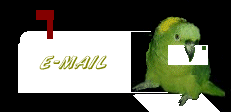The break down of the species/sub-species as is currently accepted: |
Until recently the Cape family consisted of three sub-species: robustus (P.r.r) from South Africa, the nominate species suahelicus (P.r.s) from central southern Africa fuscicollis (P.r.f) from south western Africa Under the new re-classification the nominate robustus is now a separate species from the suahelicus and fuscicollis making the robustus (P.r.r.) the only "true" Cape parrot of the Cape Parrot Family. The fuscicollis and suahelicus have been reclassified into a new Family, the fuscicollis being the nominate called the Brown-Necked Parrot (P.f.f.) and the suahelicus called the Grey-Headed Parrot (P.f.s.). It is believed most of the Un-Cape Parrots in the U.S. are from the suahelicus sub-species, fewer being from the nominate fuscicollis. It is also thought there are no robustus, "true" Capes, in the U.S. |
Brown-Necked Parrot Poicephalus fuscicollis fuscicollis Formerly of the Cape Parrot Family Reclassified into it's own group and now also referred to as "Un-Cape Parrot" |
Cape Parrot Poicephalus robustus robustus the nominate species whose head and neck are a greenish to yellowish brown. |
Brown-Necked and Grey-Headed (aka Un-Cape) Parrots: Poicephalus fuscicollis fuscicollis Brown-Necked Parrot the nominate species similar to fuscicollis suahelicus but has a more bluish green tinge to its body feathers, deeper wine-colored cheeks, with a prominate "bib" between the neck and chest Poicephalus fuscicollis suahelicus Grey-Headed Parrot having a silvery grey head and neck |
">
">
">
">
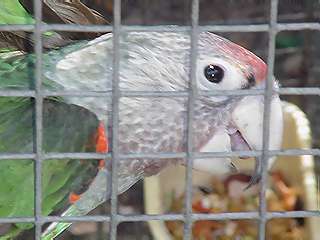
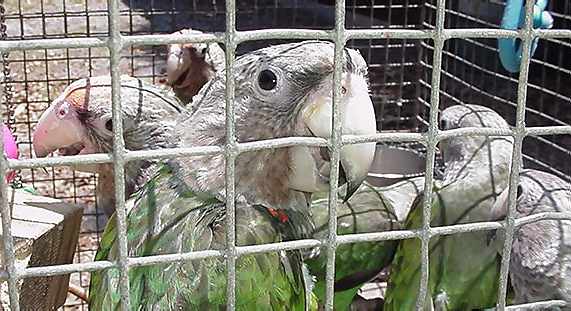
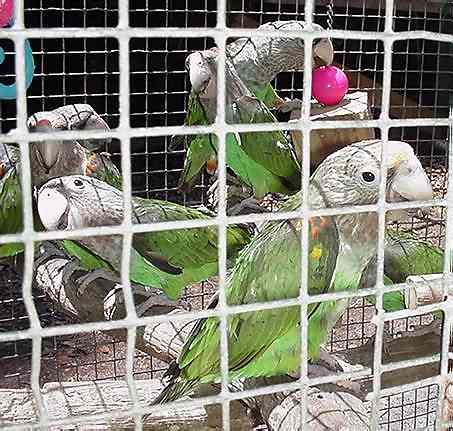
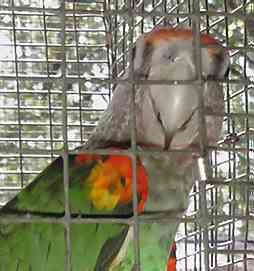
">
">
">
">
">
">
">
">
">
">
">
">
">
">
">
">
Below are pictures (taken 2004) of several 2003 hatch chicks from this pair. We would like to trade with other breeders of this species (P.f.f.), male for male or female for female in order to establish unrelated pairs. Please contact us if you raise this species and would be interested in trading any of your chicks. |
Our pair has been identified as Poicephalus fuscicollis fuscicollis which is less commonly found in captivity compared to the Poicephalus fuscicollis suahelicus. For the purpose of establishing unrelated pairs, we would welcome hearing from other breeders of this species who would be interested in trading chicks.. |
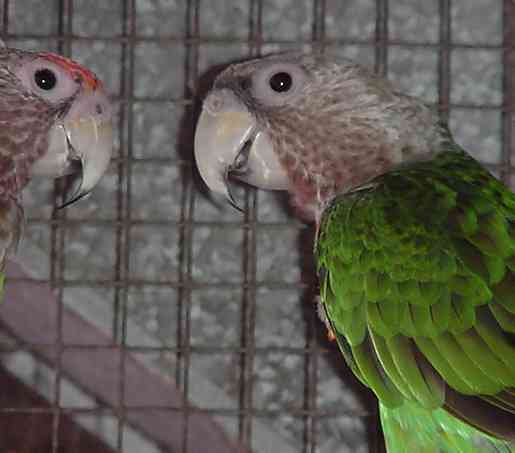
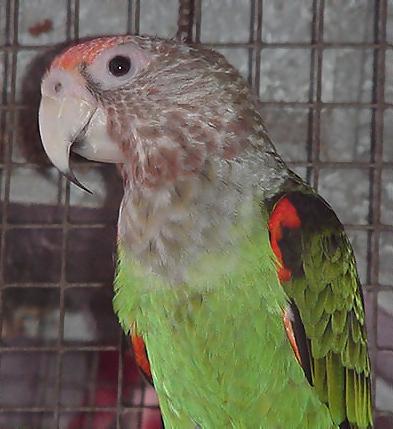
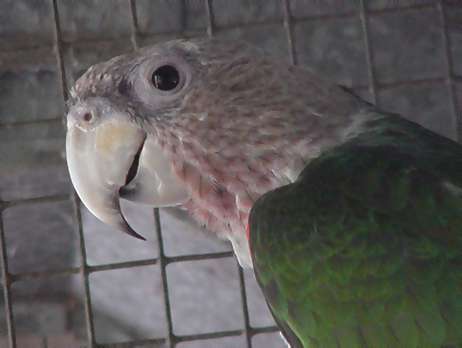
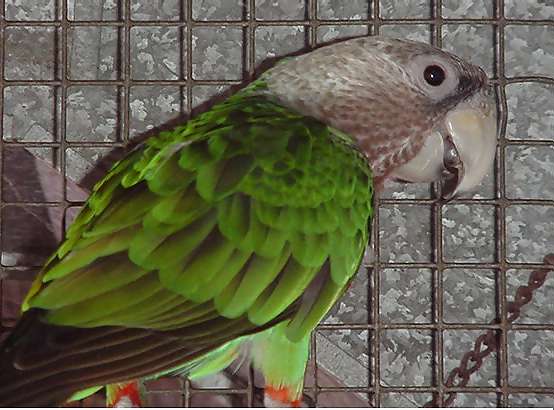
Adult Capes and Un-Capes are dimorphic, the hens retaining the orange feathers on their crown, whereas the males do not. Chicks, regardless of gender, have orange on their crowns. |
">
">
">
">
">
">
">
">
">
">
">
">
">
">
">
">
This species of parrot has average talking ability, are very docile, loving, playful and relatively quite typical of the Poicephalus family. They make charming and entertaining pets. |
Please Sign Our Guestbook |

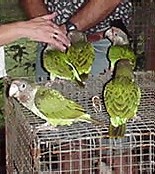
">
">
">
">


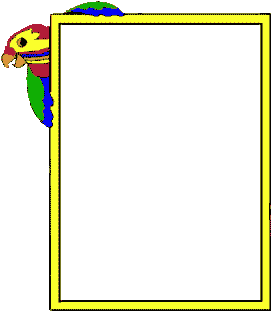
Visit our Photo Galleries |



